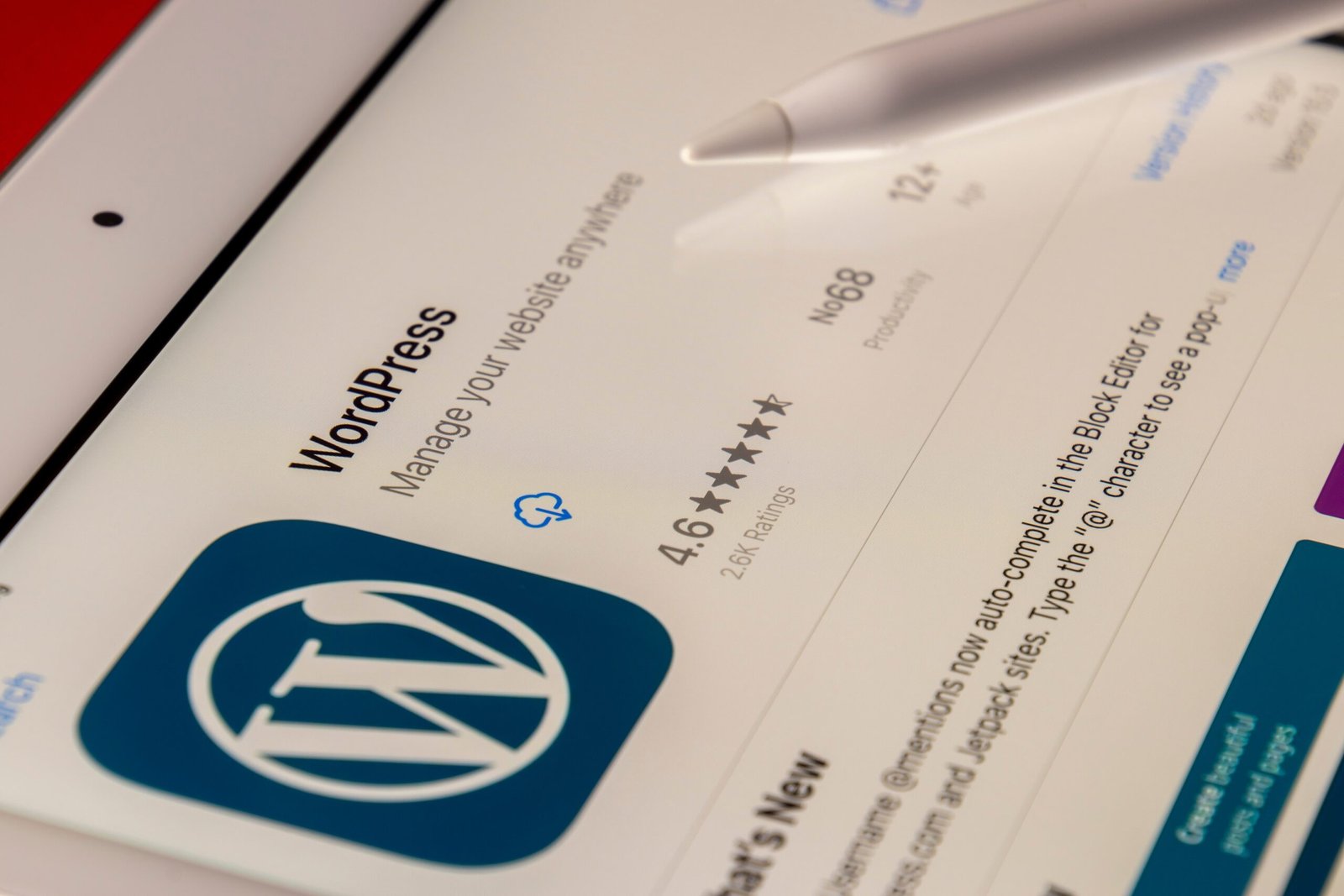Introduction
In today’s digital age, it is crucial for websites to be accessible to all users, including those with disabilities. As a WordPress user, you have the power to make your website inclusive and provide a positive user experience for everyone. In this blog post, we will explore the importance of accessibility and provide tips on how to make your WordPress website accessible for all.
Why Accessibility Matters
Accessibility is about ensuring that people with disabilities can access and use your website without any barriers. It is not only a legal requirement in many countries but also a moral obligation to make your website inclusive for all users. By making your website accessible, you are opening up your content to a wider audience and providing equal opportunities for everyone.
WordPress Accessibility Features
WordPress has made significant strides in improving accessibility in recent years. The platform offers a range of built-in features and tools to help you create an accessible website. Some of these features include:
- Alt Text for Images: Adding descriptive alt text to your images allows users with visual impairments to understand the content of the image through screen readers.
- Headings and Subheadings: Properly structuring your content using headings and subheadings not only improves readability but also helps screen readers navigate through your website.
- Keyboard Navigation: Ensuring that your website can be easily navigated using only a keyboard is essential for users who cannot use a mouse.
- Color Contrast: Choosing colors with sufficient contrast between text and background makes your content easier to read for users with low vision.
Tips for Improving Accessibility
While WordPress provides accessibility features, there are additional steps you can take to enhance the accessibility of your website:
- Use a Responsive Theme: Choose a WordPress theme that is responsive and adapts to different screen sizes. This ensures that your website is accessible on various devices, including smartphones and tablets.
- Use Descriptive Link Text: Instead of using generic phrases like ‘click here,’ use descriptive link text that provides context and helps users understand the purpose of the link.
- Provide Transcripts for Multimedia: If you have videos or audio content on your website, provide transcripts or captions to make them accessible for users with hearing impairments.
- Test Your Website: Regularly test your website for accessibility using tools like the WAVE Web Accessibility Evaluation Tool. These tools can identify accessibility issues and provide suggestions for improvement.
Conclusion
Creating an accessible website is not only the right thing to do but also benefits your business. By making your WordPress website inclusive, you are ensuring that all users can access and engage with your content. Remember, accessibility is an ongoing process, and it’s important to regularly review and update your website to meet the needs of all users.



